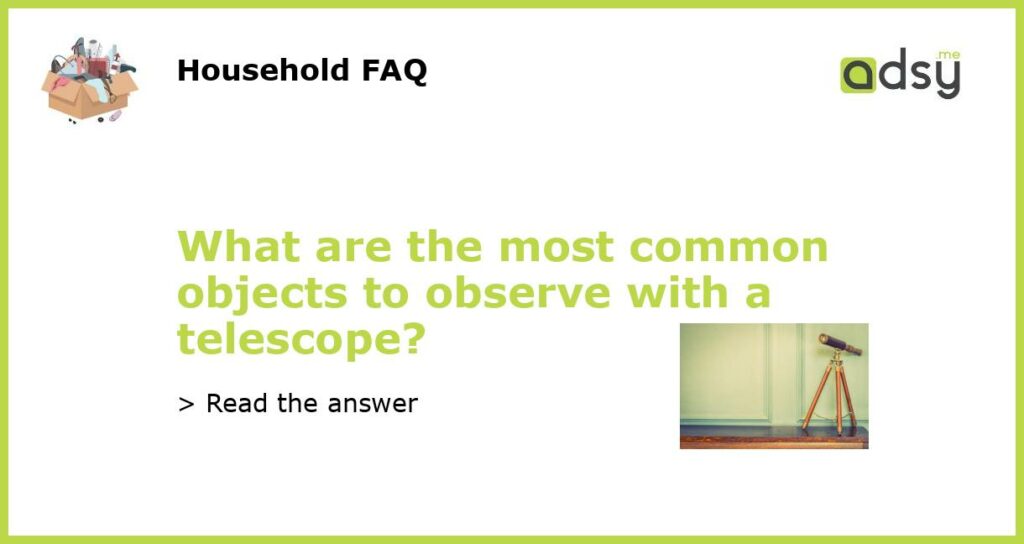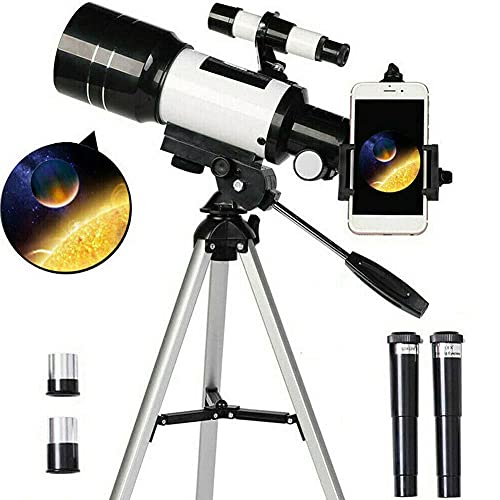1. Stars
When it comes to objects that are commonly observed with telescopes, stars are at the top of the list. Telescopes allow us to study the different types of stars in our galaxy and beyond. We can observe their brightness, color, and even the presence of exoplanets orbiting around them. With advanced telescopes and imaging techniques, astronomers can also study the surface features and internal structures of stars. This helps us understand the life cycle of stars, from their formation to eventual death.
2. Planets
Another common object observed with a telescope is planets. Telescopes give us the opportunity to observe planets in our own solar system, such as Mars, Jupiter, and Saturn. We can study their atmospheres, weather patterns, and even their moons. Telescopes are also used to discover and study exoplanets, which are planets that orbit around stars other than our Sun. By observing their size, distance from their parent star, and composition, astronomers can learn more about the possibility of extraterrestrial life.
3. Nebulae
Nebulae are vast clouds of gas and dust in space, and they are another popular target for telescopes. These objects can be observed both within our own galaxy, the Milky Way, and in other galaxies. The most famous example is the Orion Nebula, a stellar nursery where new stars are formed. Telescopes allow us to see the intricate structures within nebulae, such as filaments and pillars of dust. We can also study the composition of these gas clouds, which gives us insights into the chemical processes happening in the universe.
4. Galaxies
Telescopes have revolutionized our understanding of galaxies, which are large systems of stars, gas, and dust. With powerful telescopes, we can observe galaxies outside of our own Milky Way and study their shapes, sizes, and distances. We can also investigate the formation and evolution of galaxies over cosmic time. Telescopes have revealed the existence of supermassive black holes at the centers of galaxies, and have provided insights into the large-scale structure of the universe.
5. Comets and Asteroids
Comets and asteroids are smaller celestial bodies that can be observed with telescopes. Comets are composed of ice and dust and develop a glowing coma and tail as they approach the Sun. Telescopes allow us to track the paths of comets and study their composition. Asteroids, on the other hand, are rocky and metallic objects that orbit the Sun, mostly found in the asteroid belt between Mars and Jupiter. Telescopes help us discover and track asteroids, which is invaluable for assessing any potential threat of a future collision with Earth.






